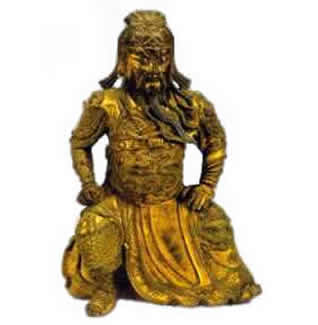Cinda Steel Investment Casting
China precision casting, lost wax casting, steel casting foundry
Lost wax casting applied in steel casting industry
Cinda Investment Casting Foundry was developed from a small machining factory set up at 1993 when we only had several simple versatile lathes and milling machines. Along with the booming of precision casting industry in Ningbo area, we took advantage of the opportunity to expand our business to the upstream industries. Currently we have our own silica sol factory and investment casting foundry. All of our molding materials are supplied by our own silica sol factory. Proudly speaking, Cinda molding material is quite popular around Ningbo area. Furthermore, our own investment casting foundry is equipped with two production lines of lost wax casting; our in house machining workshop has advanced CNC turning lathes, milling machines and machining centers. Cinda investment casting foundry now has the capacity of producing 2000tons steel casting with precision machining annually. for more....
Introduction of lost wax casting
The history of lost-wax casting dates back thousands of years. Its earliest use was for idols, ornaments and jewelry, using natural beeswax for patterns, clay for the moulds and manually operated bellows for stoking furnaces. Examples have been found across the world in India's Harappan Civilisation (25002000 BC) idols, Egypt's tombs of Tutankhamun (1333–1324 BC), Mesopotamia, Aztec and Mayan Mexico, and the Benin civilization in Africa where the process produced detailed artwork of copper, bronze and gold.
The earliest known text that describes the investment casting process (Schedula Diversarum Artium) was written around 1100 A.D. by Theophilus Presbyter, a monk who described various manufacturing processes, including the recipe for parchment. This book was used by sculptor and goldsmith Benvenuto Cellini (1500–1571), who detailed in his autobiography the investment casting process he used for the Perseus with the Head of Medusa sculpture that stands in the Loggia dei Lanzi in Florence, Italy.
Investment casting came into use as a modern industrial process in the late 19th century, when dentists began using it to make crowns and inlays, as described by Dr. D. Philbrook of Council Bluffs, Iowa in 1897. Its use was accelerated by Dr. William H. Taggart of Chicago, whose 1907 paper described his development of a technique. He also formulated a wax pattern compound of excellent properties, developed an investment material, and invented an air-pressure casting machine.
History of lost wax casting for weapons
In the 1940s, especially World War II increased the demand for precision net shape manufacturing and specialized alloys that could not be shaped by traditional casting processes, or too much machining is required. Industry turned to investment casting. After the war, the lost wax casting process spread to many commercial and industrial applications that used complex metal parts and rose to dominance in firearms manufacturing by using the new technology to reduce labor-intensive machining.
Modern lost wax casting history
Modern investment casting (lost wax casting) techniques stem from the development in the United Kingdom of a shell process using wax patterns known as the investment X process.This method resolved the problem of wax removal by enveloping a completed and dried shell in a vapor degreaser. The vapor permeated the shell to dissolve and melt the wax. This process has been evolved over years into the current process of melting out the virgin wax in an autoclave or furnace.

lost wax cast joss of China Ming dynasty



